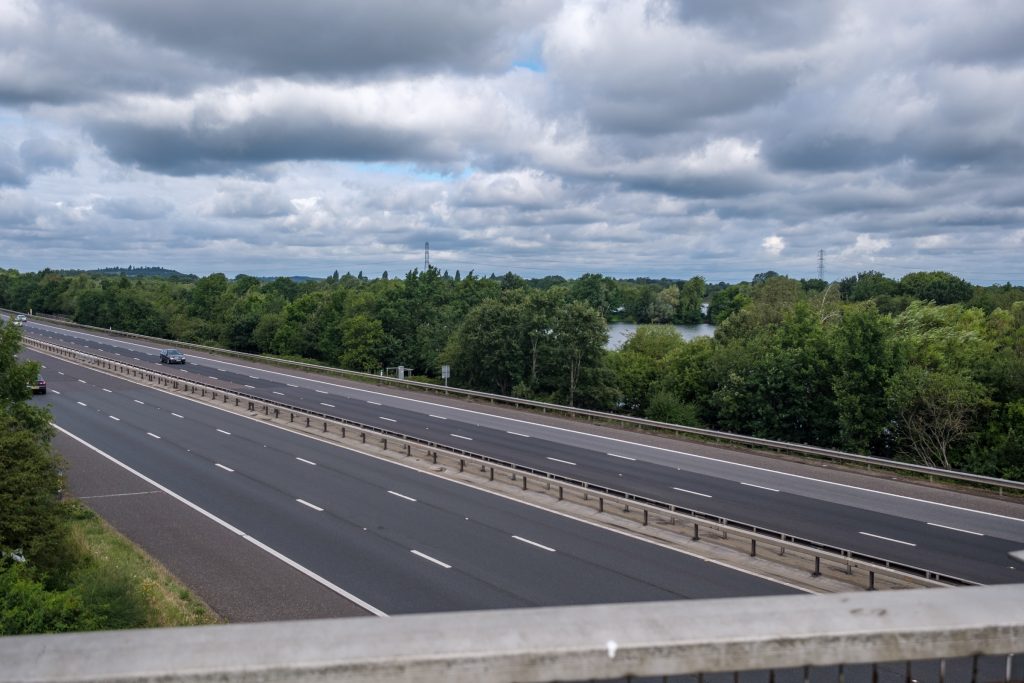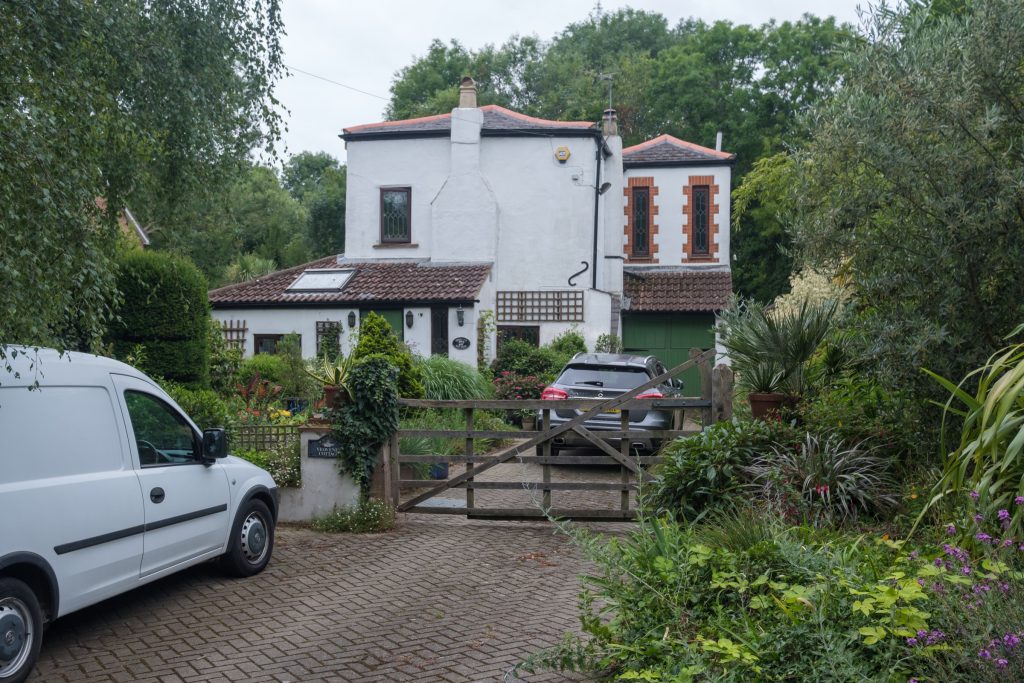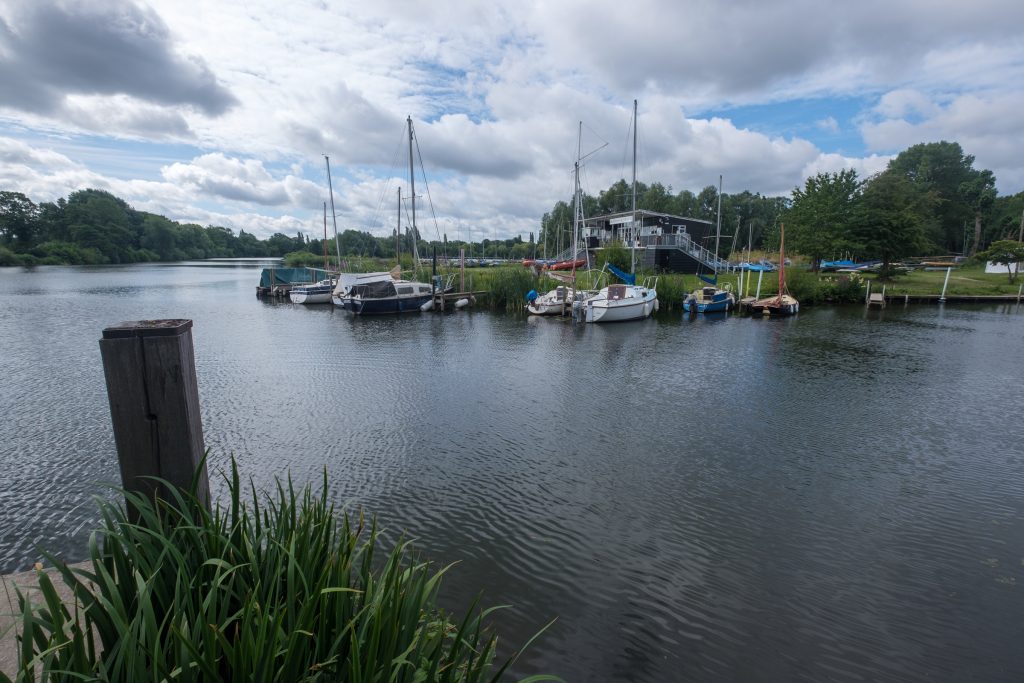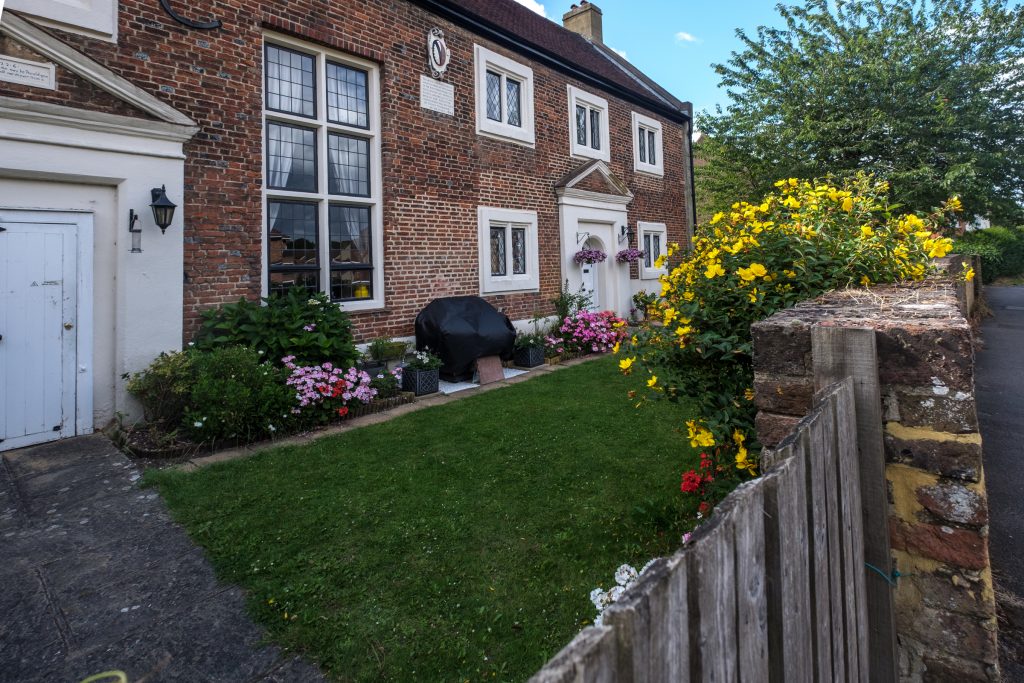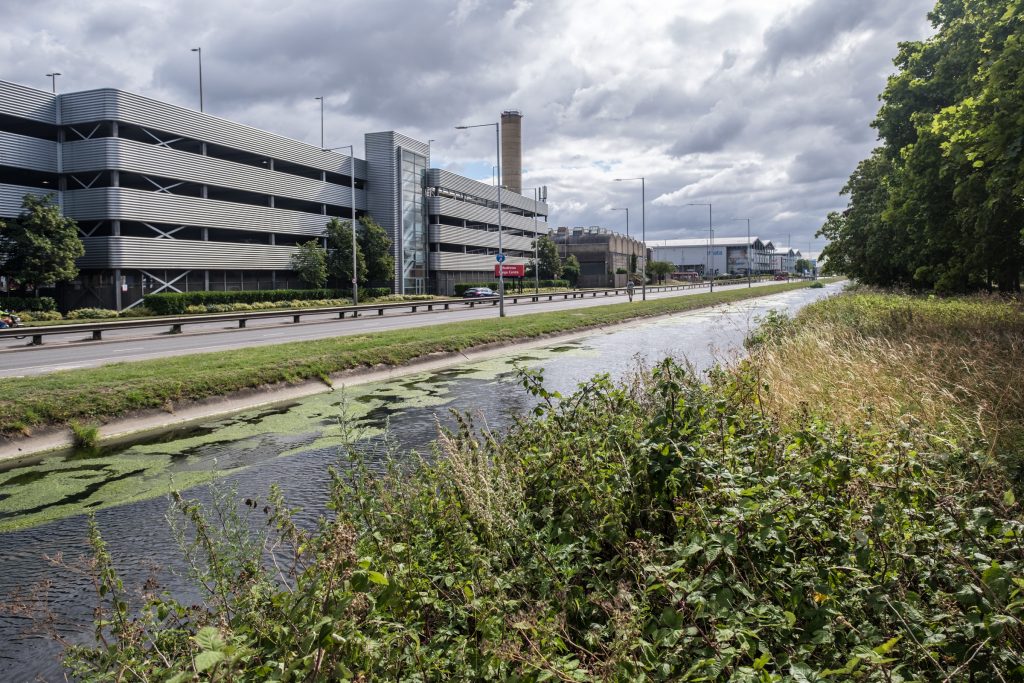Cyclists ‘Die in’ at TfL HQ: On Friday evening on 29th November 2013 over a thousand cyclists came to demand safer roads for cyclists and pedestrians across London. 14 cyclists had been killed already that year on London streets, including six in the previous two weeks.
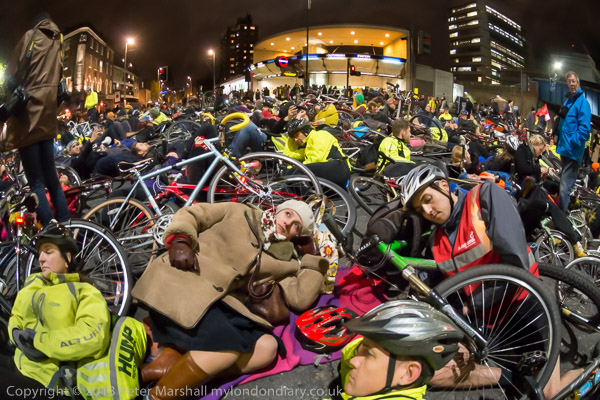
Cyclists generally get a bad press here in the UK, and proposals and schemes that improve safety for cycling often meet with considerable opposition from non-cyclists, especially where these provide joint use of paths by pedestrians and cyclists.
Of course some cyclists are irresponsible – but so too are many not on bikes, whether driving vehicles or on foot. And we all sometimes do stupid things. Some may ride through red lights – but so do some motorists, and the statistics show that around 95% of pedestrians killed or injured in accidents caused by jumping lights are killed by drivers rather than by cyclists.
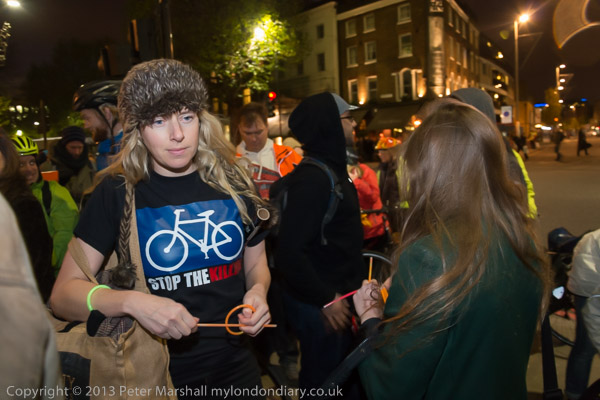
Motorised vehicles – cars, motorbikes, vans, lorries, buses etc are far more dangerous than cyclists because of their higher mass and often much greater speeds which mean that they bring many times more energy to any collision – typically more than 10 times as much, sometimes very much greater.
It’s hardly surprising the of the around 400 pedestrians killed in road traffic accidents each year in the UK on average only 2.5 involve collisions with bicycles – even on those shared pavements you are many, many times more likely to be killed by a collision with a car or other vehicle.
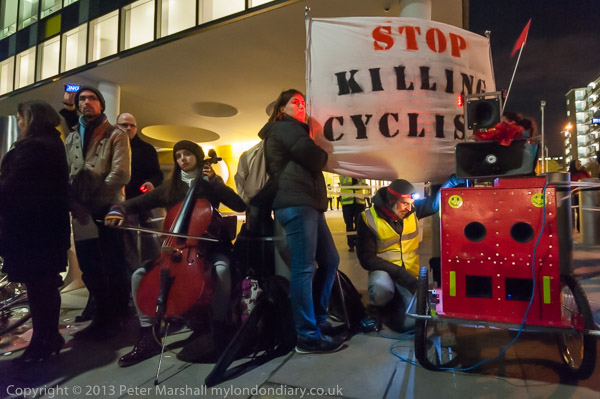
Cyclists are – like pedestrians – vulnerable road users. Unlike drivers in vehicles they are not surrounded by a protective shell of metal, and they have seat belts and air bags which proved extra safety – and its good that they do. But this does all remove them some way from the dangerous reality that all cyclists – however well-behaved and experienced – when sharing road space with them.
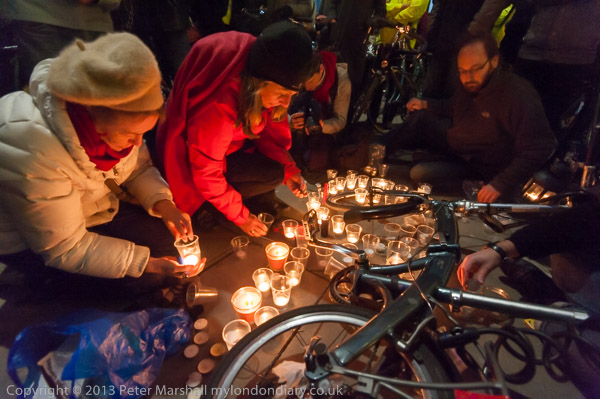
It would not of course be feasible to provide entirely separate street networks for vehicles, cyclists and pedestrians, although it would be good to provide these where possible, and we have made some progress in doing so. But there are many more places where separate ‘dedicated’ cycle paths can and should be provided.
Encouraging cycling has many positives. It reduces the toxic air pollution in our cities – estimated to cause almost 10,000 early deaths in London alone, as well as a great deal of suffering from various lung conditions. And by reducing the number of vehicles on our roads it cuts the congestion on our roads which often brings transport in London to a near standstill (and which is also highly polluting.)

And cycling provides healthy exercise (which would be even healthier if we cut pollution by having more people on bikes) helping to cut the obesity which, particularly among children, is now a major health problem. It has also been shown to improve mental health.
Cycling is also the cheapest form of transport other than walking, and is often the fastest way to travel in London for relatively short journeys, including some that most of us would find too far to walk.

Worries about safety put many off cycling, as does the weather. But there are relatively few days when our weather makes cycling a real problem (and mudguards help.) Making our roads safer is more of a problem, but doing so would increase the quality of life in the city for all of us. Even drivers breathe the same air and have sometimes to get out of their cars and walk.
Things are happening slowly, but too slow. We are getting more dedicated cycle routes. 20mph zones make streets safer for pedestrians and cyclists, despite the outcry about them in some areas. Improvements in design of lorries to provide all-round vision are slowly coming in…
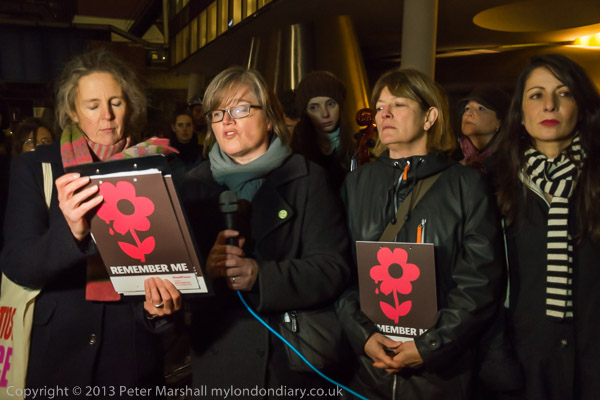
Protests such at outside the London HQ of TfL on 29 Nov 2013 to protest at the lack of safe road provision that leads to many deaths of cyclists and pedestrians, with a vigil, rally and a 15 minute ‘die-in’ on Blackfriars Road help to raise awareness of the need to improve our road system and encourage TfL to make a positive effort to do so. You can read more about it in my post on My London Diary, which includes the eight demands made by those taking part as well as a description of the event and many more pictures.
Flickr – Facebook – My London Diary – Hull Photos – Lea Valley – Paris
London’s Industrial Heritage – London Photos
All photographs on this page are copyright © Peter Marshall.
Contact me to buy prints or licence to reproduce.
